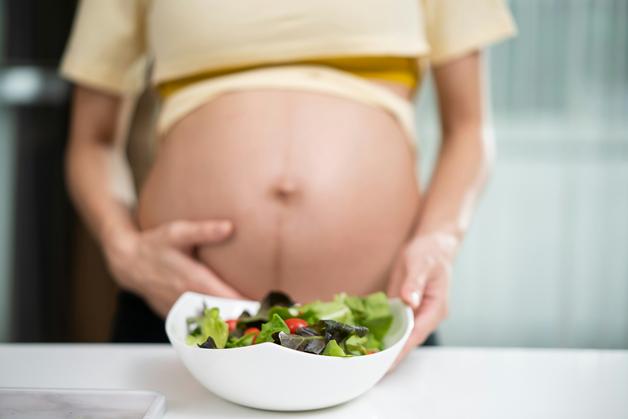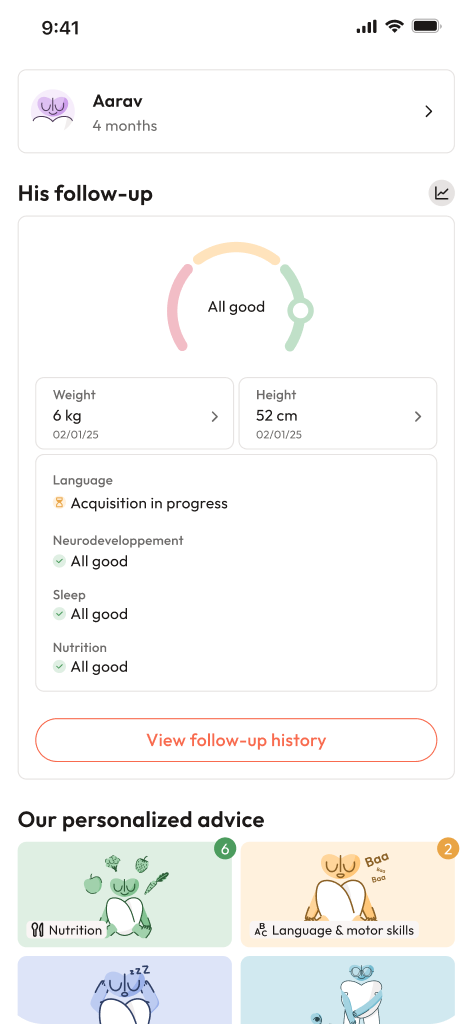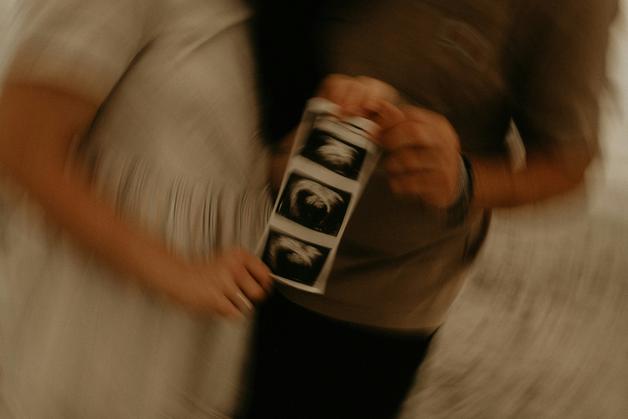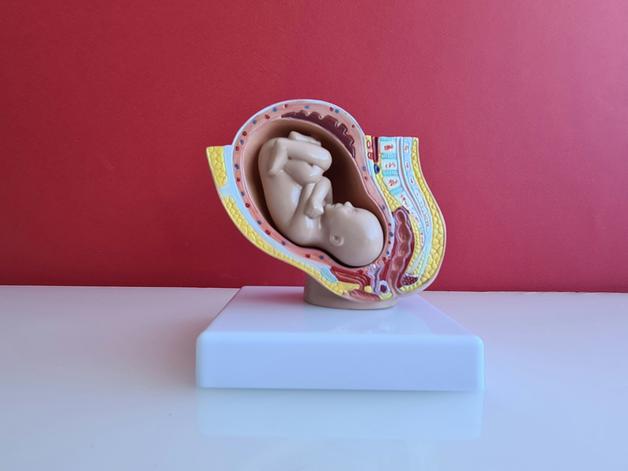Navigating the joyful, sometimes perplexing landscape of pregnancy, one question echoes persistently in the minds of parents: what truly counts as forbidden foods during pregnancy? The worries are real, and the stakes feel high—as if each bite might swing open a door between comfort and concern. Listeria, toxoplasma, and that ever-present mercury warning are not just cautionary tales; they’re realities with direct impact on both mother and baby. Yet it’s easy to feel lost among anecdotal advice, urban myths, and well-meaning relatives. The search for clarity leads straight to science, empowering parents to balance nourishment, safety, and the ever-welcome joy of food. Set aside dread—let’s dismantle the barriers of confusion and discover how forbidden foods during pregnancy don’t have to mean a bland existence, but rather a vibrant, well-informed and delicious journey.
Why certain foods are labelled as ‘forbidden foods during pregnancy’
What’s hiding behind this long list of forbidden foods during pregnancy? The starting point is both simple and medical: during pregnancy, a woman’s immune defenses relax to allow the foetus to grow. This immunological adaptation has a flip side—bacteria or parasites that usually go unnoticed (think listeria, toxoplasma, salmonella) can gain dangerous ground. Their preferred hiding spots? Often, it’s the foods most craved or enjoyed—raw milk cheeses, rare meats, unwashed fruits, the unassuming sprout.
When a mother eats contaminated food, these agents can quietly breach the placenta, sometimes without a single symptom. Infections may target the unborn child’s developing brain and organs, risking miscarriage, malformation, or severe neonatal disease. For example:
- Listeriosis: Often traced to soft cheeses or unpasteurised dairy, it’s rare but can devastate, creating complications in nearly 40% of fetal infections.
- Toxoplasmosis: Usually silent in the mother, especially hazardous if contracted in the first trimester.
- Salmonellosis: What feels like a bout of stomach upset for some becomes much more concerning due to dehydration and risk of invasive infection.
- Mercury: Not an infection, but a toxin—the danger lies in fish at the top of the food chain.
Transforming these risks into safety is not about food paranoia but about adopting commonsense routines: cooking foods to 74–75°C (165°F), prioritising pasteurised products, and thorough washing are scientifically proven shields. The science is unambiguous—a few focused precautions make a profound difference.
Scientific principles and practical guidelines
What’s the science behind forbidden foods during pregnancy, and how do the rules translate into everyday decisions?
- Raw or undercooked meats and poultry harbor bacteria like E. coli, salmonella, or toxoplasma. Even rare steak is risky; well-cooked (no pink, juices running clear) is the way forward.
- Raw fish and high-mercury seafood such as shark, swordfish, king mackerel, or orange roughy: these species not only risk parasite infection but accumulate heavy metals. Mercury, specifically, passes directly to the fetus, impacting brain development.
- Unpasteurised dairy and soft cheeses have a penchant for listeria. Artisan cheeses (feta, brie, camembert), homemade curds or paneer, or even street-sold milk should always be pasteurised.
- Raw eggs and foods containing them: Mayonnaise, mousse, ‘runny’ eggs, and even eggnog can all be vehicles for salmonella—a mild concern for most adults, but in pregnancy, the consequences amplify.
- Raw sprouts (alfalfa, radish, clover, mung bean): Although they often look healthy and inviting, their humid growing conditions are perfect for bacterial proliferation. Cooking is the only dependable safeguard.
- Processed meats and ready-to-eat foods: The risk is recontamination, especially for deli meats, hot dogs, pates, or pre-packaged salads—if in doubt, it’s best to reheat until steaming.
The complete list of forbidden foods during pregnancy and their safe alternatives
Burst of simplicity—what truly needs to be side-stepped?
- Raw and undercooked meats (tartare, carpaccio, rare steak, sausages)
- Raw, cured, or smoked fish (sushi, sashimi, smoked salmon, shellfish)
- High-mercury fish (shark, swordfish, king mackerel, marlin, tilefish, orange roughy)
- Unpasteurised dairy products and soft (mould-ripened) cheeses
- Raw eggs or foods containing them (homemade mayonnaise, hollandaise, mousse)
- Raw sprouts of any kind (alfalfa, mung bean, radish, clover)
- Alcohol—even small amounts are unsafe; even kombucha may be problematic
- Jars or cartons of unpasteurised juices or ciders
- Excessive vitamin A (liver and liver products)
- Excess nuts, supplements, or herbal teas not certified for pregnancy
What feels off the menu finds delicious alternatives:
- Hard cheeses, thoroughly cooked meats, well-washed and peeled fruit and vegetables, fully cooked eggs. Most pre-packaged foods emblazoned with “made with pasteurised milk” or “fully cooked” are safe bets.
What to limit or consume with caution
- Deli meats and pre-cooked foods: They’re not always banned—but if you wish to enjoy, reheat until steaming hot. Quick rule: if it’s not fresh, it needs heat.
- Cooked shellfish and vegetarian sushi: Sourced from reputable places, checked for freshness, and eaten soon after cooking—they’re usually safe. Any doubts, skip it.
- Soy and soy-based products: Moderation is key. A varied approach with lentils, chickpeas, beans, and other pulses balances risk.
- Salt, saturated fats, and added sugars: Excess points to gestational diabetes or hypertension—common risks, easily managed by home cooking and minimal processed snacks.
- Caffeine: More than 200 mg a day? That’s about 1 cup of strong coffee, or two green teas. Stay below this to avoid low birth weight or preterm birth risks.
How to reduce the risks: Practical strategies for eating safely
- Always, always cook meats, fish, and eggs thoroughly. When it comes to meats—a solid, grey centre, juices running clear mean you’re safe.
- Use separate knives and chopping boards for raw and cooked foods. Cross-contamination moves invisibly, quickly, and can turn a safe salad into a risk.
- Wash fruits and veggies (even those with peels!) under cold running water; some add a dash of vinegar to dislodge residues.
- Store raw foods far from cooked items; keep fridge temperatures low, and always respect “best before” and expiry dates.
- Scan ingredient labels: “pasteurised”, “cooked”, “ready to eat”. Small words, big difference.
Trust that vibrant meals aren’t out of reach—boiled eggs, pasteurised milk, cooked seasonal fruits, hard cheese, whole-grain crackers, and smoothies prepared with washed ingredients bring colour to every plate. Quit the idea of loss; think swap, switch, reimagine.
Cravings, food temptations, and positives
A sudden craving for sushi? Longing for cheese? It’s completely natural, but caution brings peace of mind. Swap that sushi for cooked or veggie rolls, replace soft cheese with a slice of cheddar or a pasteurised paneer, and keep handy safe snacks: fresh fruit, roasted nuts, hard-boiled eggs, homemade smoothies, or veggie sticks with hummus.
Deprivation is not the rule—creativity can turn every forbidden foods during pregnancy list into a new culinary adventure.
Medical risks: The facts behind forbidden foods during pregnancy
- Listeriosis: With just 1–2 infections per 10,000 pregnancies, it remains rare, but consequences are severe.
- Toxoplasmosis: Prevention hinges on thorough cooking and washing. The parasite stays silent in the mother but can badly disrupt foetal development.
- Mercury: Stored in big predatory fish, transferred quietly to developing brains.
- Alcohol: Directly linked to brain and organ abnormalities—no amount is “safe”.
Risks are not hypothetical; each scientific restriction protects neural, immune and even metabolic development.
How to read labels and shop safely
Reading labels is almost an art during pregnancy. Look for “pasteurised” on all dairy, juices and even egg products. Question any cheese, milk, or juice from small vendors or market stalls that cannot prove pasteurisation. Ingredient lists can also hide raw eggs or unpasteurised derivatives—particularly in sauces, desserts, even some sweets. If expiry or “best before” dates are blurred or missing, simply skip.
Safe swaps and essential nutrients
Balance is the mantra. Focus on fully cooked meats, pasteurised cheese, hard-boiled eggs and washed produce. Absolute bans are rare; most food pleasures can return with a twist. Folic acid, iron and vitamin D provide scaffolding for the baby’s growth; if in doubt, supplement upon healthcare provider’s advice.
Empowerment rests on knowledge and freedom of choice. Personal preferences, professional guidance, and access to new tools—like digital health apps—work together for both peace of mind and everyday vitality.
Key Takeaways
- Forbidden foods during pregnancy are not there to foster fear, but to protect against infections (listeriosis, toxoplasmosis, salmonellosis), dangerous toxins (mercury, excess vitamin A), and hidden alcohol exposure.
- Sensible, science-backed routines—cooking, thorough washing, using pasteurised and properly stored products—shield both parents and children.
- Moderation is important for caffeine, soy, herbal teas, and processed foods.
- Professionals aren’t just available for last-resort emergencies; they’re valuable advisors for all questions and worries.
- Reliable digital resources, like application Heloa, offer trustworthy, personalised guidance and free health questionnaires for children.
- Eating well in pregnancy is not about fear or sacrifice—it’s about choosing from a palette of delicious and safe options, listening to your body, and trusting both medical advice and your own instincts.
Questions Parents Ask
Can I eat fruit during pregnancy, and are there any types I should avoid?
Absolutely—fruit offers a burst of vitamins, minerals, and fibre. The key point: always wash thoroughly to remove bacteria or pesticides. Occasionally, you’ll hear worries about unripe papaya or pineapple; these fruits, if eaten in huge, abnormal amounts, have compounds discussed for their effect on pregnancy. In normal, moderate quantities, and if properly cleaned, nearly all fruits are perfectly safe. When in doubt, discuss with your healthcare provider, especially if you have any pre-existing allergies or fears.
Are raw sprouts safe to eat while pregnant?
Raw sprouts such as alfalfa, mung bean, radish, or clover look inviting but can be contaminated with harmful bacteria—due to the moist environment of sprouting. During pregnancy, foodborne illness becomes more significant. The safest option is to enjoy sprouts only when they are cooked until steaming hot. Out and about or at a restaurant? If you’re unsure, it’s safer to skip or choose cooked alternatives.
How should I handle deli meats and pre-cooked foods to keep my pregnancy safe?
Deli meats, hot dogs, and pre-packaged ready-to-eat items sometimes harbour bacteria if left at unsafe temperatures or pre-sliced too long. If you wish to enjoy these foods, heat them until they are steaming all through—this extra step sharply reduces risk. Eat soon after preparation, store properly, and toss anything that smells or looks odd.
Exploring forbidden foods during pregnancy doesn’t need to be an exercise in anxiety. With everyday attentiveness, science-backed choices, and support from resources like application Heloa, you can focus on what matters—welcoming your baby with energy, security, and plenty of good food along the way.
Further reading:









